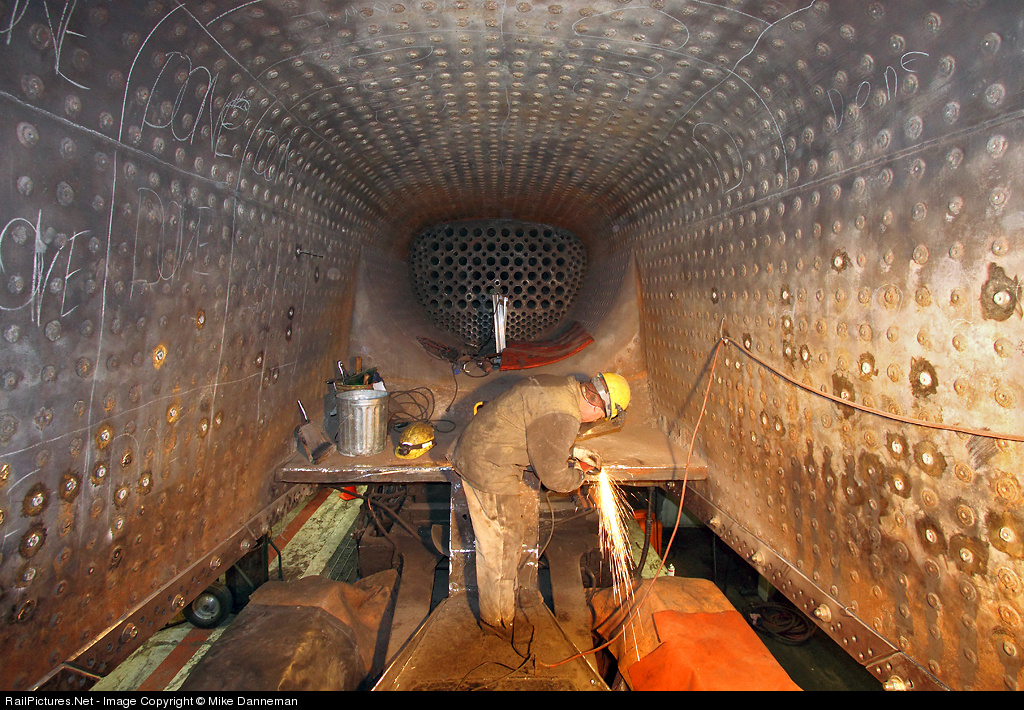

Hydrostatic drive systems have also been applied to rail use, for example 350 to 750 hp (260 to 560 kW) shunting locomotives by CMI Group (Belgium). In Spain Renfe used high power to weight ratio twin engined German designs to haul high speed trains from the 1960s to 1990s.
#Steam train license#
British Rail introduced a number of diesel hydraulic designs during it 1955 Modernisation Plan, initially license built versions of German designs. The main worldwide user of main-line hydraulic transmissions was the Federal Republic of Germany, with designs including the 1950s DB Class V 200, and the 19s DB V 160 family. In this arrangement, they use one or more torque converters, in combination with gears, with a mechanical final drive to convey the power from the diesel engine to the wheels. Diesel-hydraulic Ī German DB Class V 200 diesel-hydraulic locomotive at Technikmuseum, Berlinĭiesel–hydraulic locomotives are diesel locomotives using hydraulic transmission. After several test rides, it hauled trains for almost three decades from 1925 to 1954. It had been designed by a team led by Yury Lomonosov and built 1923–1924 by Maschinenfabrik Esslingen in Germany. In 1924, a diesel-electric locomotive ( E el2 original number Юэ 001/Yu-e 001) started operations. In 1917–18, GE produced three experimental diesel–electric locomotives using Lemp's control design.
#Steam train generator#
Lemp's design used a single lever to control both engine and generator in a coordinated fashion, and was the prototype for all diesel–electric locomotive control. In 1914, Hermann Lemp, a General Electric electrical engineer, developed and patented a reliable direct current electrical control system (subsequent improvements were also patented by Lemp).

The vast majority of diesel locomotives today are diesel-electric. There is no mechanical connection between the diesel engine and the wheels. The diesel engine drives either an electrical DC generator (generally, less than 3,000 horsepower (2,200 kW) net for traction), or an electrical AC alternator-rectifier (generally 3,000 horsepower (2,200 kW) net or more for traction), the output of which provides power to the traction motors that drive the locomotive. Main article: Diesel locomotive § Diesel–electricĭiesel–electric locomotives are diesel locomotives using electric transmission. By the end of the 20th century, almost the only steam power remaining in regular use around the world was on heritage railways. It continued to be used in many countries until the end of the 20th century. Steam was a familiar technology that used widely-available fuels and in low-wage economies did not suffer as wide a cost disparity. While North America transitioned from steam during the 1950s, and continental Europe by the 1970s, in other parts of the world, the transition happened later.

Between about 19, the majority of steam locomotives were retired from commercial service and replaced with electric and diesel-electric locomotives. British Rail figures showed that the cost of crewing and fuelling a steam locomotive was about two and a half times larger than the cost of supporting an equivalent diesel locomotive, and the daily mileage they could run was lower. Steam locomotives are less efficient than modern diesel and electric locomotives, and a significantly larger workforce is required to operate and service them. The steam locomotive remained by far the most common type of locomotive until after World War II. The Liverpool and Manchester Railway, built by Stephenson, opened a year later making exclusive use of steam power for passenger and goods trains.

This success led to the company emerging as the pre-eminent early builder of steam locomotives used on railways in the UK, US and much of Europe. Rocket was entered into, and won, the Rainhill Trials. In 1829, his son Robert built The Rocket in Newcastle upon Tyne. 1 for the Stockton and Darlington Railway in the north-east of England, which was the first public steam railway in the world. This locomotive is the oldest preserved, and is on static display in the Science Museum, London. Another well-known early locomotive was Puffing Billy, built 1813–14 by engineer William Hedley for the Wylam Colliery near Newcastle upon Tyne. In 1812, Matthew Murray's twin-cylinder rack locomotive Salamanca first ran on the edge-railed rack-and-pinion Middleton Railway this is generally regarded as the first commercially successful locomotive. 1 at Darlington Railway Centre and Museum The word locomotive originates from the Latin loco – "from a place", ablative of locus "place", and the Medieval Latin motivus, "causing motion", and is a shortened form of the term locomotive engine, which was first used in 1814 to distinguish between self-propelled and stationary steam engines.


 0 kommentar(er)
0 kommentar(er)
